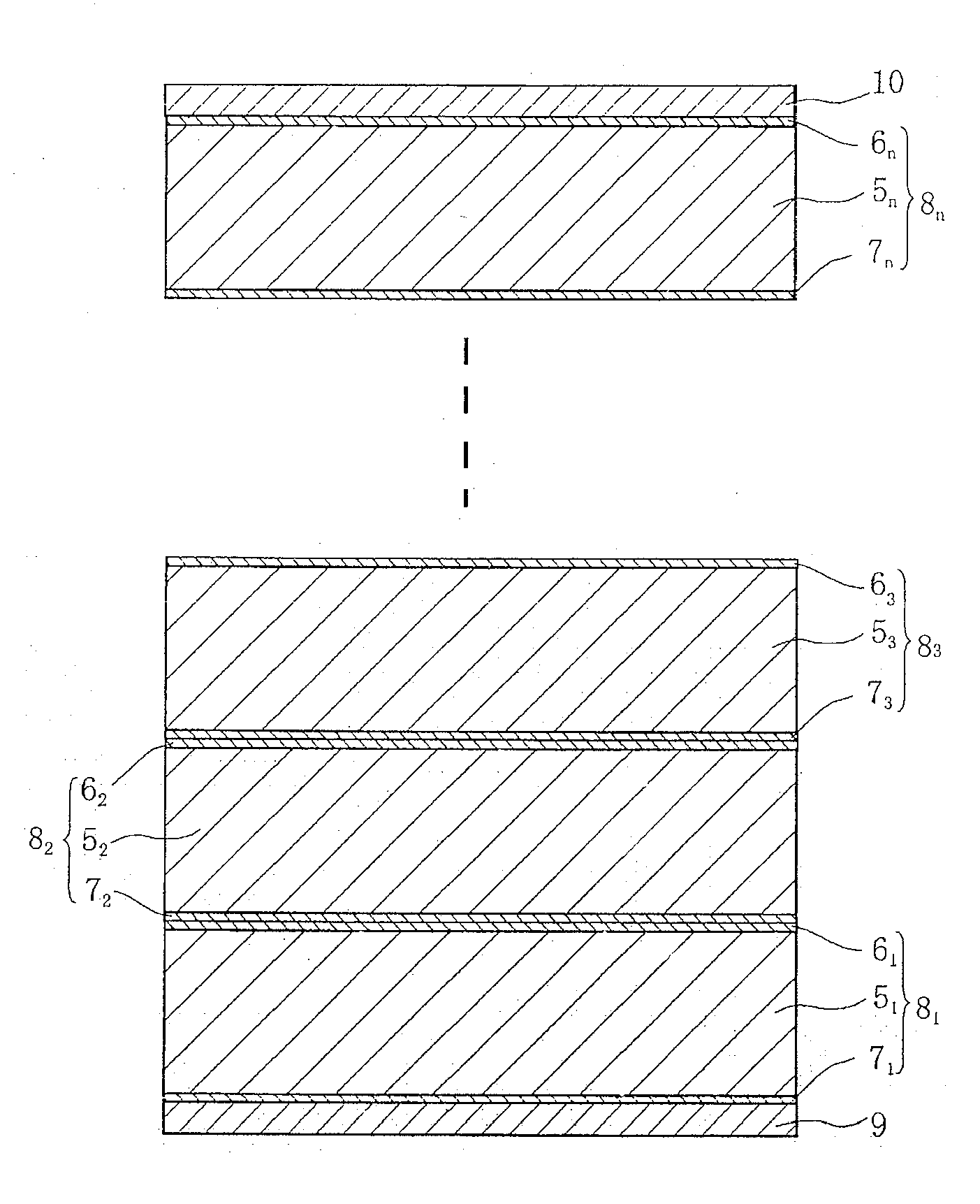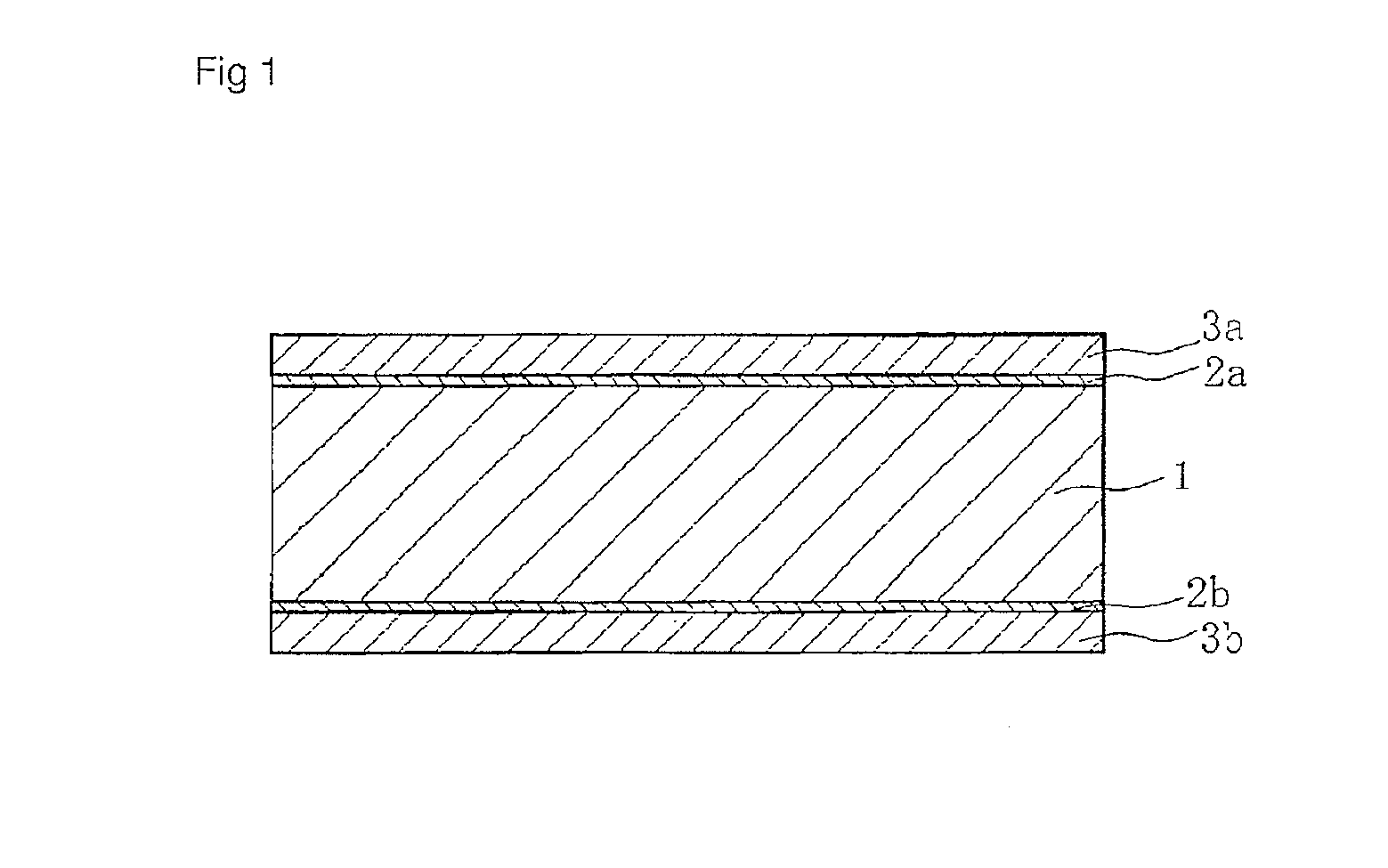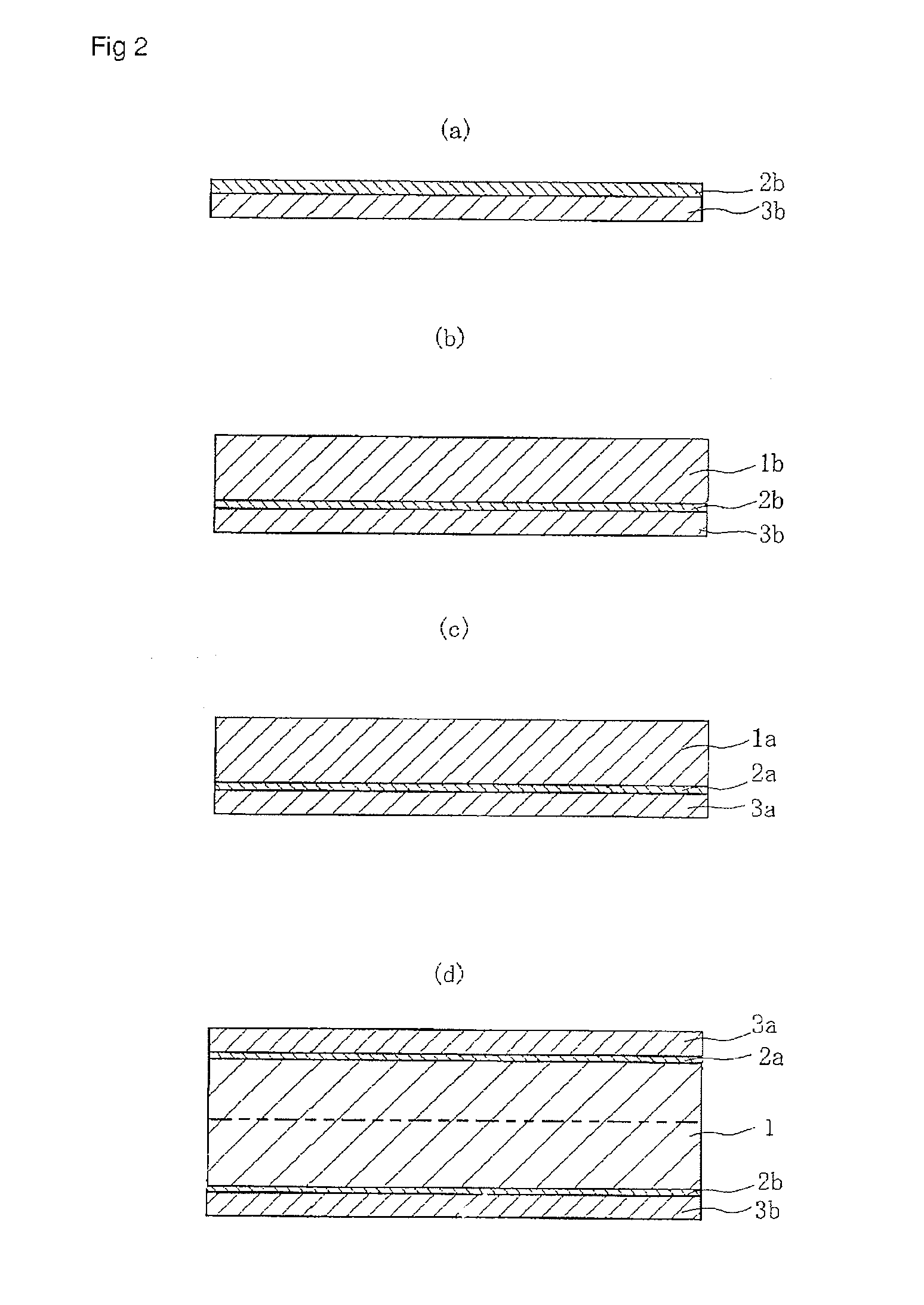Secondary battery
a secondary battery and lithium ion technology, applied in the field of secondary batteries, can solve the problems of limited charge and discharge rate, limited output power increase, and limited charging time, and achieve the effect of improving safety and workability, and being simple and inexpensiv
- Summary
- Abstract
- Description
- Claims
- Application Information
AI Technical Summary
Benefits of technology
Problems solved by technology
Method used
Image
Examples
example 1
[0109]Poly(2,2,6,6-tetramethyl-4-piperidinoxy methacrylate) (hereinafter, referred to as “PTMA”) represented by the following chemical formula (10) was prepared, which falls into the category of the piperidinoxy radical compound (see the chemical formula (4a)).
[0110]Next, this PTMA was dissolved in N-methyl-2-pyrrolidone as an organic solvent, and lithium bis(trifluoromethanesulfonyl)imide (LiN(SO2CF3)2; hereinafter referred to as “LiTFSI”) as an electrolyte salt was dissolved in the organic solvent with the PTMA dissolved, thereby producing a slurry.
[0111]Then, a vapor-grown carbon fiber as a conductive aid was applied onto Al as current collectors, the surfaces of the vapor-grown carbon fiber were then coated with polyvinylidene fluoride as an adhesive agent, the slurry was casted thereon, the organic solvent was dried to form, on the current collectors, mixture layers each including the PTMA as an electrode active substance and the LiTFSI as an electrolyte salt.
[0112]Then, two of...
example 2
[0115]In accordance with the same method and procedure as in Example 1, a mixture layer including PTMA as an electrode active material and LiTFSI as an electrolyte salt was formed on a current collector.
[0116]Then, this electrode was folded in two, subjected to heat load to attach the mixture layers to each other, had a folded section cut, and put in a 2032-type coin cell to provide a secondary battery.
[0117]As a result of charging and discharging this secondary battery at 0 to 2V, it was confirmed that the secondary battery has a plateau around 1.5 V.
example 3
[0118]As a nitronyl nitroxyl radical compound, 2-phenyl-4,4,5,5-tetramethylimidazoline-1-yloxyl-3-oxide phenyl nitronyl nitroxide represented by the following chemical formula (8b) was prepared.
[0119]This nitronyl nitroxyl radical compound was dissolved in an acetonitrile solution to produce a first dissolved material.
[0120]In addition, a polyethylene oxide (polymer solid electrolyte) and LiTFSI (electrolyte salt) were dissolved in an acetonitrile solution to obtain a second dissolved material. Then, the first dissolved material and the second dissolved material were mixed to obtain a slurry.
[0121]Then, carbon black as a conductive aid was applied onto Al as current collectors, this carbon black was coated with polyvinylidene fluoride as an adhesive agent, the slurry was casted thereon, the acetonitrile as an organic solvent was dried to manufacture electrodes with a mixture layer formed on their surface.
[0122]Then, two of the electrodes with the mixture layers formed thereon were s...
PUM
| Property | Measurement | Unit |
|---|---|---|
| temperature | aaaaa | aaaaa |
| thickness | aaaaa | aaaaa |
| conductive | aaaaa | aaaaa |
Abstract
Description
Claims
Application Information
 Login to View More
Login to View More - R&D
- Intellectual Property
- Life Sciences
- Materials
- Tech Scout
- Unparalleled Data Quality
- Higher Quality Content
- 60% Fewer Hallucinations
Browse by: Latest US Patents, China's latest patents, Technical Efficacy Thesaurus, Application Domain, Technology Topic, Popular Technical Reports.
© 2025 PatSnap. All rights reserved.Legal|Privacy policy|Modern Slavery Act Transparency Statement|Sitemap|About US| Contact US: help@patsnap.com



